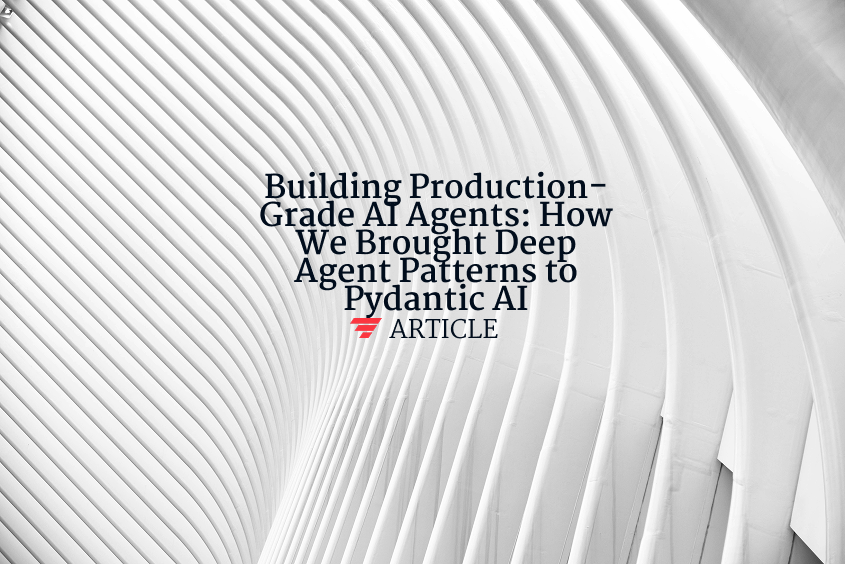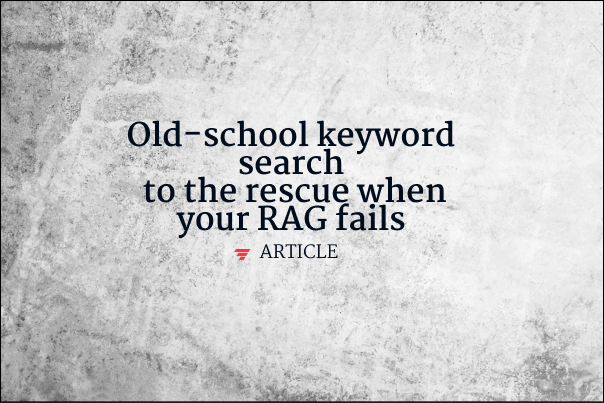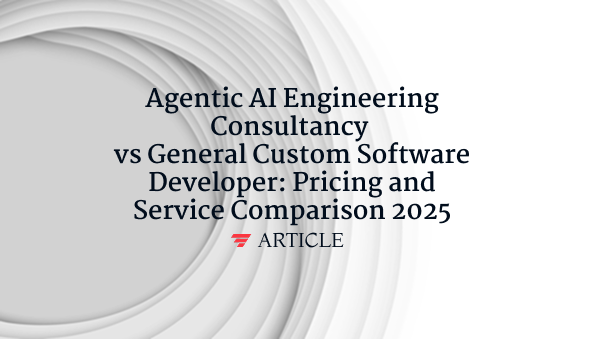Autogen vs LangChain
Autogen vs LangChain pits two open-source stacks for agentic AI against each other. Autogen, by Microsoft, focuses on multi-agent orchestration: you declare roles (Planner, Coder, Critic) in YAML, wire them to tools, and let them negotiate via LLM messages until a task closes. It shines in code generation, data analysis notebooks, and self-healing loops, leveraging built-in evaluators and cost controllers. LangChain centers on composability: loaders, embeddings, vector stores, chains, and agents share unified APIs, letting you swap GPT-4 for Llama 3 or Chroma for Qdrant with one line of Python. LangChain excels at Retrieval-Augmented Generation (RAG), prompt engineering, and single-agent tool calling, backed by a vast plugin ecosystem and granular callbacks for tracing. Autogen offers higher-level automation—fewer lines to spawn collaborating agents—but is less flexible for custom data ingestion. LangChain provides a Lego-like toolkit that scales fromtoy scripts to microservice clusters yet requires more assembly. Teams choose Autogen for rapid, multi-agent prototypes; LangChain for fine-tuned, data-grounded applications—or combine them by calling LangChain chains inside Autogen workflows.
Want to learn how these AI concepts work in practice?
Understanding AI is one thing. Explore how we apply these AI principles to build scalable, agentic workflows that deliver real ROI and value for organizations.



